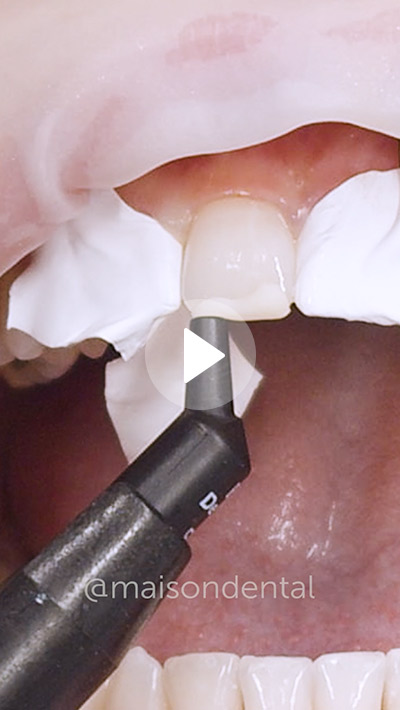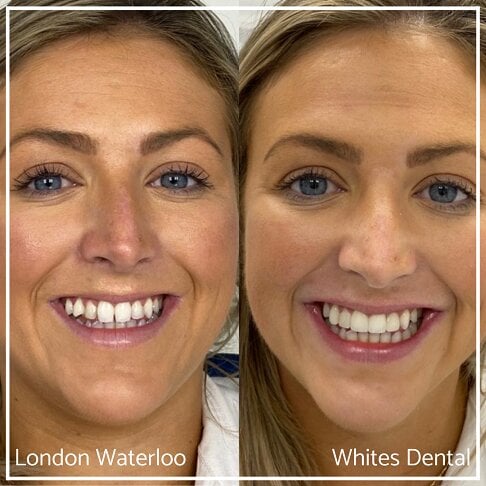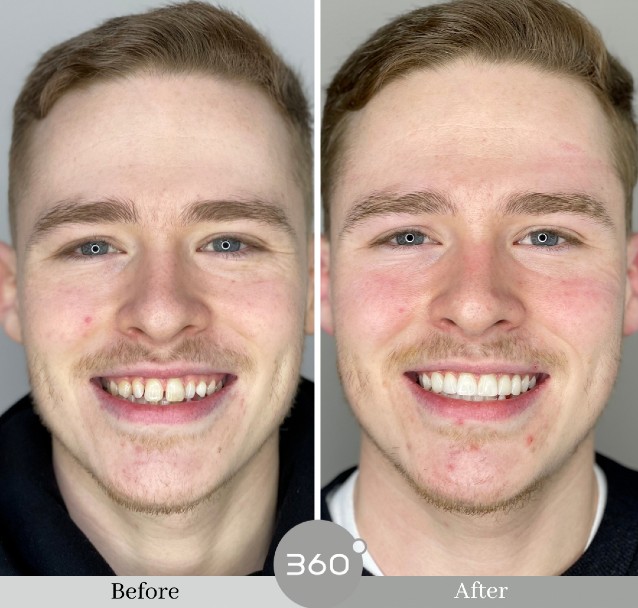Composite bonding is a painless way to fix your teeth.
Everything About Aligners, Pearly Whites Bleaching, and Composite Bonding: What You Need to Know for Dental Care
As one endeavors right into the realm of oral aesthetic appeals, three treatments invariably come into emphasis-- aligners, teeth bleaching, and composite bonding. Hence, a detailed understanding of these treatments is critical to make educated choices, guaranteeing an effective trip in the direction of a boosted oral visual.

Comprehending the Basics: What Are Aligners, Pearly Whites Bleaching, and Composite Bonding?
The cornerstone of oral aesthetics hinges on three crucial treatments: aligners, teeth whitening, and composite bonding. Aligners are clear, plastic gadgets put on over teeth to gradually change their setting. This technique straightens teeth with time, offering a much less noticeable alternative to typical dental braces. Teeth bleaching, on the other hand, is a process that lightens teeth by eliminating spots and discolouration, enhancing the total look of one's smile. Composite bonding is a therapy where a tooth-coloured composite material is related to a tooth, formed right into type, hardened, and brightened. It's used to fix decayed, harmed or discoloured teeth and can substantially boost a tooth's look. Each of these treatments plays a significant role in developing a perfect smile (Clear aligners).

A Closer Look at Aligners: Benefits and Treatment
Out of the triad of dental visual treatments stated earlier, aligners are particularly significant due to their ingenious approach to teeth straightening. Aligners are personalized to fit snugly over the teeth, using gentle stress to gradually move them right into the preferred placement. The procedure starts with an extensive dental assessment and 3D imaging, followed by the development of a tailored treatment strategy.

The Science of Teeth Bleaching: Refine and Outcomes
Numerous people globally look for a brighter smile, transforming to teeth whitening for original site its promised results (Hygienist). The underlying scientific research entails a lightening procedure that responds with the discolored molecules in teeth, damaging them down to recover whiteness. Hydrogen peroxide is normally the energetic component, as it can penetrate the enamel to get to the tarnished dentin underneath. The level of bleaching accomplished depends upon the duration and frequency of treatment, along with the preliminary tooth shade. Results can be considerable, with teeth typically lightening a number of tones. It's not an irreversible remedy. Staining can repeat because of elements like aging, smoking, or consuming discoloration foods and beverages. Correct aftercare and routine touch-ups can maintain the whitening result.
Composite Bonding: An Effective Option for Chipped Teeth
While teeth lightening can drastically improve the appearance of one's smile, it might not be the solution for all dental problems, such as chipped or cracked teeth. This dental procedure involves the application of a tooth-colored composite material to the harmed tooth, properly covering up the blemishes. Composite bonding not just brings back click to investigate the looks of the smile yet also improves oral functionality.
Key Considerations Prior To Going With Aligners, Pearly Whites Bleaching, or Composite Bonding
Prior to embarking on an oral therapy trip, whether it's aligners, teeth whitening, or composite bonding, what are the important factors that one should think about? Mostly, one's dental health condition and viability for the chosen treatment are explanation critical. A correct oral examination can identify any type of possible concerns that might limit the effectiveness of the treatment or present wellness threats.
Verdict
Aligners, teeth lightening, and composite bonding are substantial oral aesthetic treatments designed to enhance one's smile. Being well-informed is essential to an effective dental care trip.